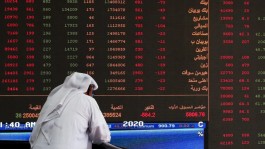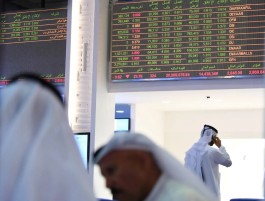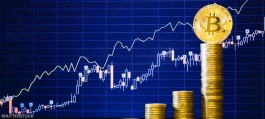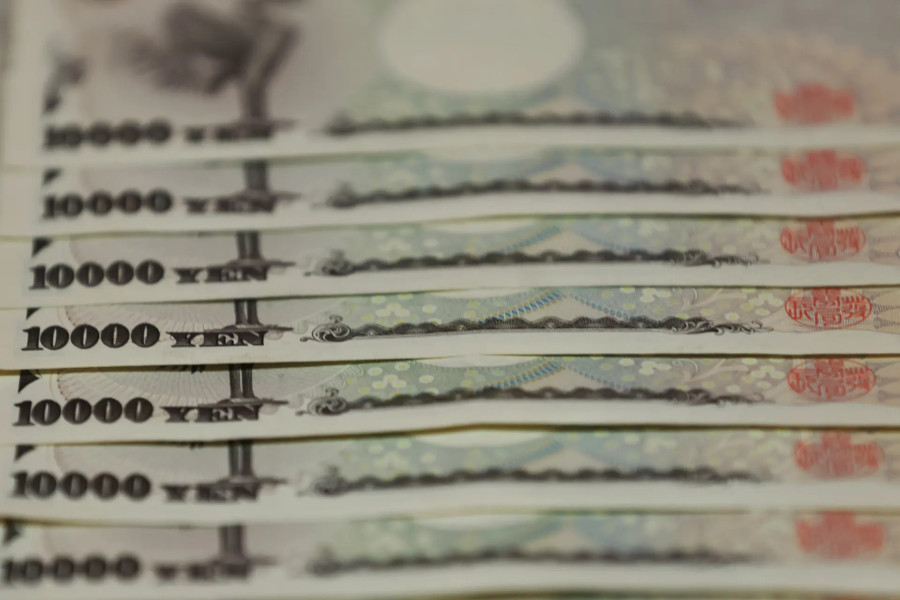The Japanese yen fell in the Asian market on Monday against a basket of global currencies, continuing its losses for the second day in a row against the US dollar, moving away from the highest level in five months, with corrections and profit-taking continuing.
In addition to the reluctance of investors to build new purchasing positions pending the outcome of the monetary policy meeting of the Central Bank of Japan, which begins later today, with decisions to be issued tomorrow, Tuesday, amid expectations of maintaining the very loose monetary policy tools without any significant change.
Japanese yen exchange rate today
The dollar rose against the yen by 0.3% to (142.46 yen), from today's opening price of (142.04 yen), and recorded the lowest level at (142.03 yen).
The yen ended Friday's trading down by 0.2% against the dollar, marking its first loss in the last four days, due to correction operations and profit-taking, after recording the highest level in five months the previous day at 140.95 yen per dollar.
In terms of last week’s transactions, the yen achieved a rise of nearly 2% against the dollar, the fifth weekly gain in a row, and the largest weekly gain since last July, thanks to the broad decline in the yield on ten-year US Treasury bonds, after the Federal Reserve announced its The end of the current cycle of raising interest rates in the United States.
Central Bank of Japan
The activities of the last monetary policy meeting of the Bank of Japan in 2023 will begin later today, with decisions to be issued tomorrow, Tuesday, amid expectations of maintaining the ultra-easy monetary tools without any significant change.
What the markets are waiting for from this meeting is more clarity about the Bank of Japan’s expectations for the future of interest rates in the country, especially after comments during the recent period of the bank’s governor, Kazuo Ueda, raised speculation about the possibilities of gradually eliminating the negative interest rate policy.
Expectations
“The meeting will be relevant and important in terms of what the Bank of Japan will do, and there are still some in the market speculating that there may be a surprise,” National Australia Bank chief foreign exchange market strategist Rodrigo Catril said.
Cattrell added: We are inclined to the idea that they are still in a wait-and-see mode for more evidence about economic developments in the country, especially the labor market, wage growth, and rising inflation towards at least the 2% level.
Cattrell explained: The best scenario from our point of view is for the Japanese central bank to pave the way for the things it will do in 2024, on the condition that the country’s economic targets are achieved.




































